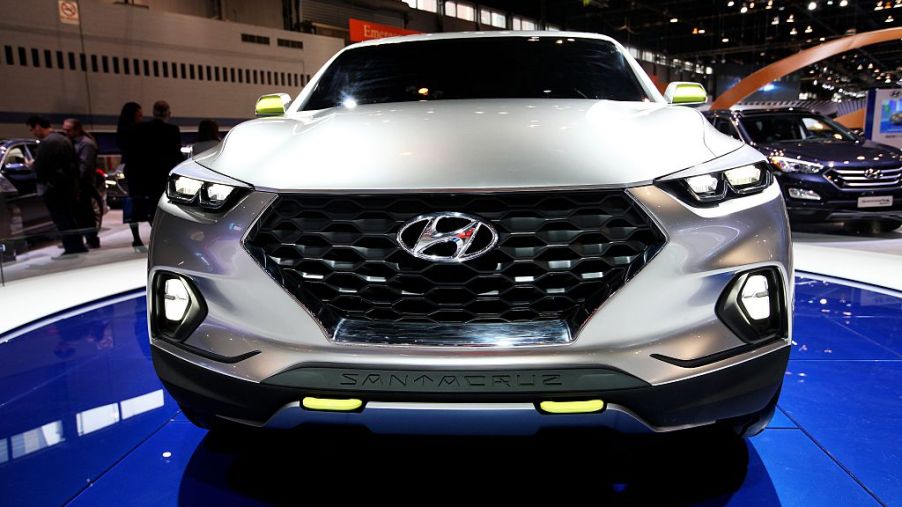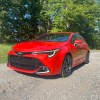
Hyundai Has Big Plans for European Expansion
Hyundai has teased a new vehicle for the European market, though it has left the details vague, stating only that it will be displaying the unspecified model at the 2019 Frankfurt Motor Show. There has been some speculation that the teased vehicle will be a model similar to the Venue, which will not make a debut in Europe.
New hatchback or crossover?
Readers of numerous outlets are curious as to whether the floating roof or presence of a two-panel sunroof will negatively impact the operation of an upcoming Hyundai hatch or crossover. Ultimately, we will not know whether it is a floating roof or sunroof until the Frankfurt Motor Show.
Hyundai fans are excited to see if this may be an EU-based competitor for the Focus RS, a drift-ready hot hatch which is not available stateside since the company is working to expand its European operations.
Regardless of whether the new vehicle is a hatch or crossover, having a sunroof may impact its performance substantially—knowing that Hyundai may be considering its new 1.6-liter engine. It is important to note that a ‘floating roof’ cannot impact the vehicle’s performance in a substantial way, considering it is simply a visual effect caused by paint location and choices.
Moreover, it will be vital to remember that these stylistic choices may rest better in non-U.S. markets. As Hyundai breaches the EU markets more deeply, its style may lead to greater successes.
Does the world need another CUV?
Crossovers are great, they bridge the gap between sedan and SUV. The world seems to foster a growing demand for crossovers, such as the Subaru Outback, a fan-favorite for light off-road use and family transportation.
Hatchbacks, on the other hand, bridge the same gap through different means, namely lower ride height than a crossover and a third or fifth door at the rear of the vehicle, which usually opens vertically, hence the name *hatch*back.
Crossover Utility Vehicles (CUVs) provide limited off-road capability and higher ride height than hatches, often at the expense of some levels of performance and weight. Independent rear suspension is a common feature of CUVs which improves ride comfort but may impact ride stability at higher speeds.
Even if the vehicle is a CUV, it may benefit Hyundai’s brand due to shifting market dynamics, focused on consumer desire for crossovers and SUVs. This may be due to the availability of legroom and higher ride height making for a softer, more comfortable ride.
What if it is a hatchback?
The impending announcement may yet prove to be an SUV or a hatchback, in which case buyers might be able to reasonably expect a higher performance vehicle than a traditional CUV. Provided Hyundai releases a hatchback, car enthusiasts everywhere will pine for a ‘hot hatch’ version of the car to fulfill their automotive power fantasies.
The likelihood that Hyundai will release a hatchback seems substantially less likely than a crossover or SUV, given recent reports by Fleet Financials, an expert in the space who has noted a decline in commercial sedan orders up to 35% in some categories.
Hyundai seeks to dominate Asian competitors in Europe
Hyundai announced its ‘Road to 2021‘ plans to become the number one Asian car brand in Europe and the EU. To date, the i-models (i20, i40, etc.) have accounted for 55% of Hyundai sales in Europe. SUV sales, however, are closing the gap quickly with the Tucson and Kona hitting its stride. The all-electric Kona places low-cost choice of electric vehicle (EV) in the consumers’ hands rather than just the innovators.
Among its key focuses, lie customer communication, customer experience, and other consumer-focused means of becoming the ‘lifelong mobility partner’ it seeks to be. Hyundai is blending emotion with metal to breach the EU market even deeper and it will not be satisfied until it is the number one Asian car brand in the EU.


